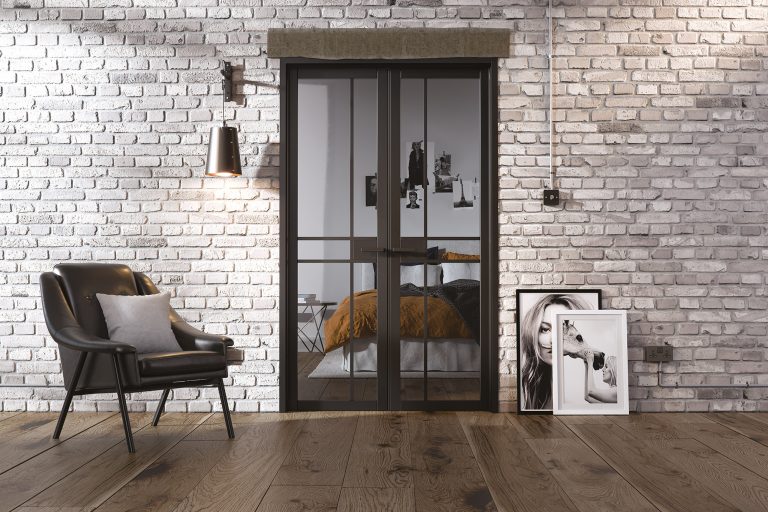Having steadily increased in popularity in recent years, bifold doors make for a fantastic addition to any home or workplace. Not only do they create the illusion of a bigger space and bring in lots of much-needed natural light, but they can also increase the value of a property too. Read more as we discuss 7 reasons to invest in bifold doors right away. Bring in natural light One of the core reasons why people choose to install bifold doors is that they provide a room with a generous amount of natural light, whether they are open or closed. Having more natural light in a room gives the illusion of extra space, making it feel brighter and larger than it actually is. These doors typically have large, slim, glass frames, which draws the eye to the outdoor space and also makes the room feel bigger. Moreover, natural light has many health benefits, including an improvement in overall mood, a Vitamin D boost and a better night’s sleep! Save space Sliding bifold doors take up very little space, which is especially beneficial in smaller properties. Unlike typical doors, which must be pushed or pulled open, taking up space, bifold doors, instead, collapse in on themselves, offering the maximum amount of space available. Bifold doors also remove the barrier between a garden and indoor area, allowing people to effortlessly blend their indoor and outdoor spaces. This provides a lovely addition to any home and makes hosting BBQ’s, parties and social gatherings much nicer. Modernise a property Bifold doors are an incredibly stylish and sleek way to modernise a property – a reason for their increased popularity in recent times. Though they blend well with modern interiors, they can also bring a contemporary feel to an older property. Versatile Available in a huge range of colours and materials, bifold doors provide a versatile solution to any home or workspace. All the customer has to do is decide the width within the frame at which they want the doors to open, as well as whether they want the doors to open into or out of a room, and fold to the right or left. The means that bifold doors can be tailor-made to fit most customer requirements and to suit any interior style. Buyers may also choose to have an access door fitted within the frame, which works like a normal door and creates an easy point of entry and exit when quick access is required. Low maintenance There are various styles and materials to choose from when selecting a bifold door, but aluminium tends to be the most popular, since there is minimal maintenance required to keep the doors looking fresh and clean. All people need to do is wipe down the glass and frame every now and again, making their household chores as hassle-free and efficient as can be. Long-term investment While the cost of purchasing bifold doors isn’t exactly cheap, the value they add to a property can make them, in the long run, a very worthwhile investment. Furthermore, high-quality doors, fitted by professionals and using the best materials available, can last for many decades. Their durability means they are able to withstand extreme weather conditions, without affecting the quality and performance of the door. Secure Keeping our homes safe is a constant concern for homeowners, particularly if the home is left unattended for long periods. Backdoor access is often the easiest place for burglars to enter, especially where a homeowner has not taken the appropriate steps to secure the area. With bifold doors, multi-point locking systems are fitted, which makes breaking in very tricky. Traditional sliding and French doors normally don’t come with this level of security, instead of having just one locking point.









